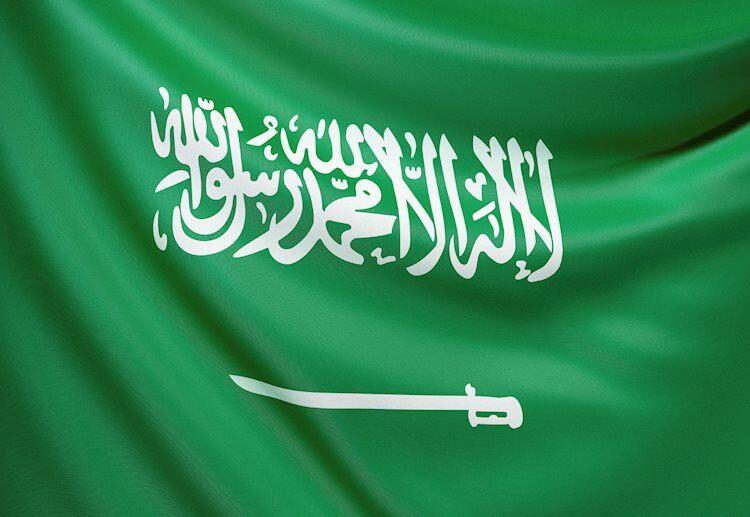Imagine a futuristic floating city rising from the blue waters of the Red Sea. This isn’t science fiction; it’s Oxagon, a revolutionary project which will redefine the Saudi Arabian industriual landscape. As a cornerstone of Vision 2030, the Crown Prince Mohammed Bin Salman (MBS) ambitious plan to diversify its economy beyond oil, Oxagon is one of the Vision 47 projects towards a more sustainable and technologically advanced future. By 2030, over $1 trillion is expected to be invested in smart cities across Saudi, with Oxagon playing a pivotal role in this economic transformation.
A jewel in the crown of NEOM
Oxagon is a key component of NEOM, a planned zero-emission megacity with a price tag of $500 billion. This ambitious project envisions a city built from the ground up, sticking to the highest principles of sustainability and technological innovation. Nestled on the Suez Canal, Oxagon will function as a floating industrial port, revolutionizing the very concept of industrial development. It will serve as the logistical hub for NEOM, a vast region powered entirely by clean energy sources like solar and green hydrogen.
Tech-powered logistics hub: Redefining industrial efficiency
Oxagon aspires to become the world’s most advanced tech-driven logistics hub. It will boast a state-of-the-art integrated port, featuring cutting-edge facilities designed to optimize cargo handling and streamline global trade routes. A world-class logistics center will complement the port, offering advanced warehousing and distribution solutions. Artificial intelligence (AI), machine learning, and robotics will be the lifeblood of this floating business platform. By automating routine tasks and leveraging real-time data analysis, Oxagon promises to revolutionize industrial processes. This integration of technology will not only enhance efficiency but also ensure optimal resource allocation and minimize human error. Ultimately, the Crown Prince MBS, wants to service a large chuck of the 14 per cent of global trade that flows through the Suez Canal every year.
Sustainability at its core: A blueprint for the future
Oxagon will be completely carbon-neutral, relying solely on clean energy sources like solar, wind, and domestically produced green hydrogen. Sustainable building practices will be employed, minimizing the city’s environmental footprint. Oxagon is more than just a futuristic project; it’s a blueprint for sustainable industrial development. It aims to strike a perfect balance between environmental protection, job creation, and economic growth for NEOM. With a projected population of 90,000 residents and 70,000 jobs by 2030, Oxagon represents a $33 billion investment in the future. This influx of residents and businesses will contribute significantly to the economic diversification of Saudi Arabia, fostering innovation and attracting foreign investment.
Saudi Arabia’s transformation: A beacon of innovation
By embracing cutting-edge technology and sustainable practices, Saudi Arabia is not only securing its future on the world stage but also setting a new standard for responsible development. Additionally, Oxagon aims to attract top global talent by fostering a dynamic and collaborative environment. This will be achieved through the creation of research and development centers, universities focused on cutting-edge fields, and attractive incentive packages for scientists, engineers, and entrepreneurs. Regulatory and tax benefits offered by Oxagon, coupled with the potential for direct stock market listings for tech companies, will undoubtedly attract a wave of investors, entrepreneurs, and specialists in cutting-edge fields.
Conclusion
The rise of Oxagon represents a new era for Saudi Arabia’s transformation. This innovative city on the Red Sea embodies the perfect harmony between progress, sustainability, and economic prosperity. It paves the way for a future where responsible development and cutting-edge technology go hand-in-hand, setting an example for the world to follow.

